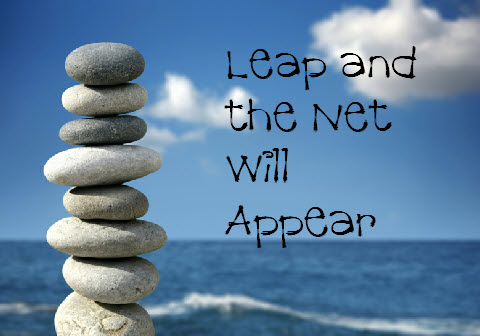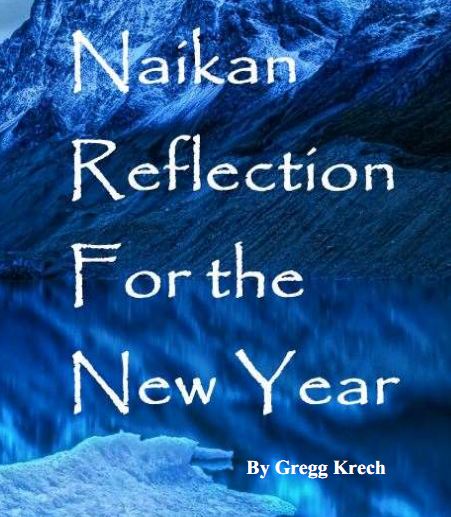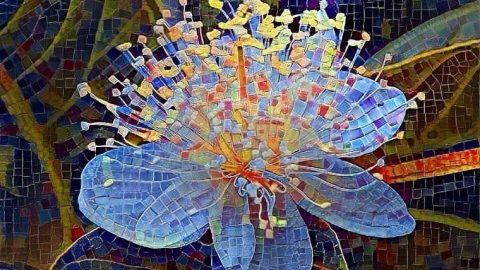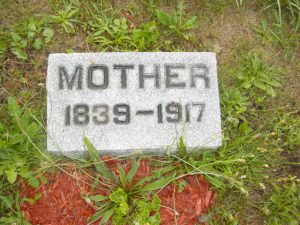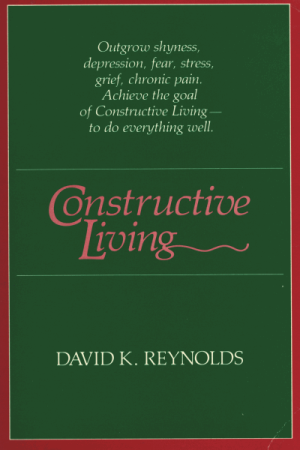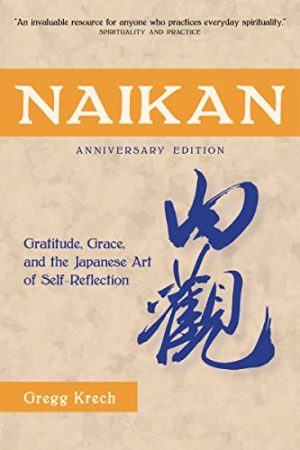One of the things that distinguish Japanese Psychology from more traditional approaches is the theme of “Action.” There are two key elements. The first element comes from Morita therapy. It has to do with a shift of focus from “feelings” to “purpose”. The skill that is involved is what I call, “Coexisting with Unpleasant Feelings.” We learn how to accept our internal experience (feelings, thoughts) while continuing to move forward and do the things which are important for us to do. We don’t have to “express” our feelings. We don’t “suppress” our feelings. We “accept” our feelings and take them along for the ride. The ride is the “action.”
The second element comes from an approach called “Kaizen.” Its premise is steady, incremental change through small steps. We can go from a sedentary lifestyle to an exercise program by starting with a 3 mile run every day for the first week. But the Kaizen approach is to start the first day by walking in a circle around your house. That’s it. Just walk around your house. Sound easy? It is. That’s why we’re likely to do it. Trying to take a big leap is an alternative. But often, it just leaves us to procrastinate on getting started. We know that 3 mile run is going to exhaust us. We haven’t exercised for months (maybe years). So we don’t do it. Kaizen is like the turtle in a race. Slow and steady. You write your book by writing one page every day. Oh, sorry. Not a page . . . . a paragraph. We start out small. We set ourselves up to succeed.
When we move forward in small steps we are in sync with the way the world changes. From time to time there is an earthquake or a tornado. But must of change occurs slowly. The autumn leaves change color a little each day. A seed sprouts and becomes a flower. The water in the nearby stream gradually erodes the rocks along the shore. Much of the universe changes slowly, sometimes so gradually as to be unnoticeable. Our society has come to expect things right away. We’re the generation of instant messaging and microwave ovens. Perhaps we’ve lost our patience. But the absence of patience doesn’t make us more productive — just more frustrated.
When combined, Morita therapy and Kaizen are a great match for Taking Action. We learn to accept our feelings and coexist with them while we take action. And we take action in small steps that reduces the likelihood that we will avoid doing what we need to do.
You can learn more about these approaches and other applications in Gregg Krech’s new book, The Art of Taking Action: Lessons from Japanese Psychology. Gregg will also be teaching the Taking Action program, beginning on March 1st, 2017.
Tags: Action Getting Things Done Kaizen Purpose Taking Action

